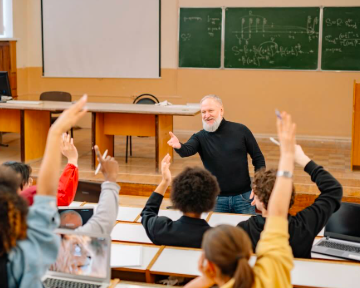In the age of online education, one of the biggest challenges teachers face is fostering real connection in a virtual space. Without the physical cues and spontaneous interactions of traditional classrooms, students can quickly feel isolated. But with the right techniques, educators can create a vibrant, engaging digital environment that encourages participation and builds a sense of community.
1. Start with Personal Introductions
Kick off the semester with a warm welcome and encourage students to introduce themselves in creative ways—via video, photos, or brief bios. Icebreaker activities help everyone feel seen and start conversations early.
2. Use Video Wisely
Live video sessions add a human touch to virtual learning. Seeing facial expressions and hearing tone of voice helps students feel more connected. Encourage webcams when possible, but respect comfort levels and privacy.
3. Foster Two-Way Communication
Avoid one-sided lectures. Use tools like polls, Q&A breaks, or chat features to allow students to ask questions, share ideas, and interact throughout your lessons.
4. Create a Class Culture
Set the tone for respect, curiosity, and inclusivity from day one. Include digital norms and community guidelines. Recognize participation and contributions, so students know their presence matters.
5. Leverage Group Work and Peer Interaction
Breakout rooms, group projects, and peer feedback assignments provide valuable student-to-student engagement. This collaboration mimics real-world teamwork and reduces the feeling of isolation.
6. Make Time for Informal Check-Ins
Dedicate a few minutes at the beginning or end of class for non-academic conversation. Ask how students are doing, share a quick story, or even host virtual office hours just to chat.
7. Offer Personalized Feedback
Nothing builds connection like knowing someone is paying attention. Send individual feedback on assignments or check in via email to acknowledge progress or offer support.
8. Keep Communication Consistent
Regular updates, reminders, and encouragement—via announcements or email—help students feel supported and reduce anxiety. Consistency creates trust.
Final Thoughts
Building connection in a digital classroom is more than a technique—it’s a mindset. By prioritizing communication, empathy, and community, educators can transform remote learning into a space where students feel engaged, empowered, and understood.






